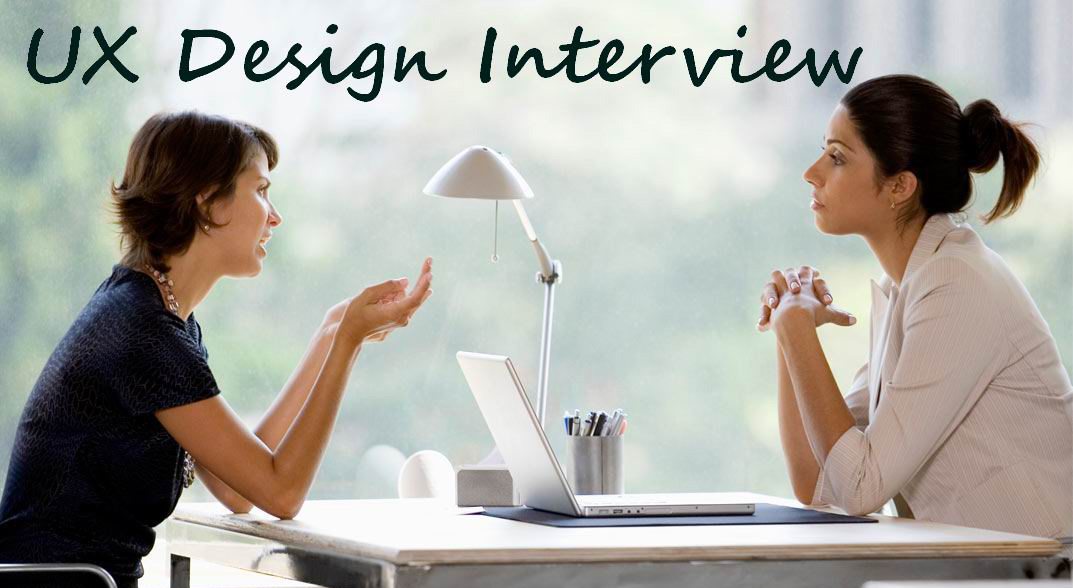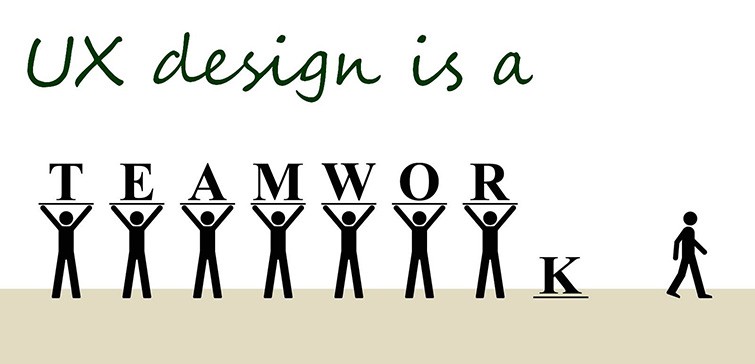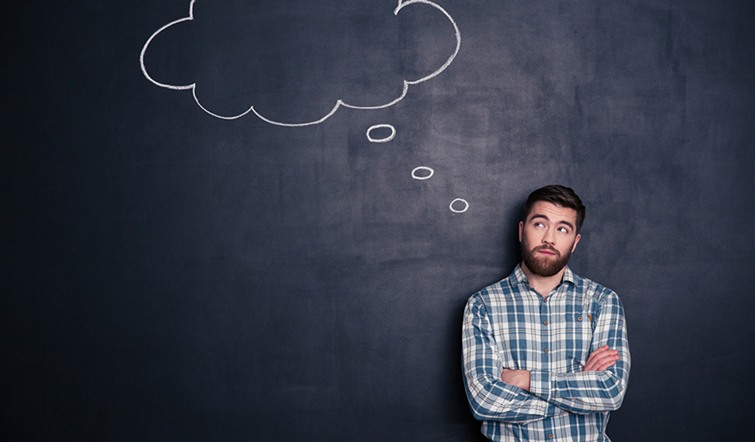Updated 6/16/2020: Here we added more UX designer interview questions to help you land the first UX jobs. Watch and learn.
UX designer jobs are among the hottest positions around these days, and it is becoming harder and harder to land a good position in this field. To help you increase your chances of getting the designer job you want, Mockplus has prepared 22 questions, typical of the sort that employers will ask UX designer candidates at interview.
As you study the questions, always remember that there is no single correct answer to each one. Your answer should be individual to you; whatever question you are asked at the interview, always craft your answer from your own point of view and base it on your own experience from actual projects you have been involved in.
So let’s look at some of the questions most likely to come up.
Under normal circumstances, the interviewer will ask you what you see as the differences between the different platforms you have worked on. They may also ask for your views on the characteristics of platforms that you have not worked on.
For example, let’s assume that you haven’t worked for any PC clients before but are applying for a PC interaction designer position. In that case, the interviewer is likely to want to cover topics relevant to the PC. So, as the candidate, you need to be up to speed in advance of the interview with everything there is to know about all the major platforms.
If you are asked to compare two platforms, whatever they are and whatever the differences, always avoid getting bogged down in too much detail as this can waste time. Make sure your answers are well structured and organized. For example, if comparing two platforms, divide the differences into separate categories such as the size of the device, the typical time of use, types of scene, and so forth.
The interviewer is likely to take an example of a prototype you’ve done and ask about some of your design decisions. They will be trying to probe two things here: firstly, is the prototype they’ve chosen really the sort of project you undertake; and secondly, they will want to get a feel for your design ideas.
So make sure that you are clear when you talk about your ideas and your approach to design. Another good approach is to talk about difficulties you have faced in the design process and use that as an opportunity to show your resourcefulness and creativity in how you overcame those difficulties.
This question is intended to give the interviewer a chance to learn more about you and, in particular, whether you are a good fit for their team culture.

The interviewer will want to know how you handle customers, especially if they come with specific requests for improvement on a project, such as, "We want to increase the average value of our orders," "We want people to be more aware of our brand," or
"We want to attract more investors to the website." The interviewer will want to see that you are not just a designer, but someone who understands the needs of the client as well, and that you can translate an understanding of a cleint’s business goals into sound decisions about the tools and techniques to measure them. UX has to meet the needs of users and businesses at the same time, so it is important that you demonstrate a good grasp of the issues at this early stage.
Every designer has their own hands-on design tools: for prototype design it might be Axure or Mockplus; for interface design, Sketch; for interactive design, Flinto; and so on. Any experienced designer will be familiar with all of these tools and will know all their features and advantages. They will want to know that you are up to speed with them all; choosing the right tool for the job is a vital skill for UI/UX designers, and it is important that you keep abreast of all the changes and developments in the tools.
Each professional UI designer should gather as much information as possible about the UX which will typically be based on data plans that need to be collected, including user surveys, usability tests, and so on. Before the project starts, the UI designers need basic information about the final user needs and some idea of the business goals.
Questions about the differences between UI and UX design are among common searches on the internet. But there are no straightforward answers; they will differ from person to person, and each designer will have their own opinion. You will find, "UX is not equal to the UI" and "UX design emphasizes technology and analysis, while UI design is closer to graphic design." From their own professional perspective individual designers will supply many wonderfully differing answers to the question.

This question is clearly aimed at finding out if you have done your research into the company and its products. If you want a job there, you really need to show that you understand their products and users' views of them. You obviously won’t have all the information, perhaps only some random data. But you can still give a reasonable answer, including some key words.
This could be a bear trap! If you are going to give any negative views about their products or website, be sure to offer options for how things might be put right. Balance any negative view with a positive solution. Don’t just say, “This is wrong.”Instead say, “This could be improved by…..”
10. What function of our product (website) is most important?
Here is a chance for you to show how well you understand the importance of users and how the interviewer’s products help them. You can demonstrate your understanding of how to assess users’views of the product and judge that against your own analysis data.
A question like this, asked of a UX designer in an interview, is not a test of your memory but of your understanding of basic concepts. Take the chance to demonstrate how much you know. So, avoid the temptation just to recite definitions from instruction manuals. Make sure you communicate a genuine understanding of the issues.

There isn’t enough time in an interview to give a full insight into everything you’ve done. So, choose one or two good examples that you can talk about to really demonstrate your design abilities. Pick a project and elaborate on why you designed it the way you did, how you came up with the scheme, and, above all, how your design benefited users.
If you haven’t considered these questions when designing, don’t worry. In a short UX design interview, the interviewer will not be expecting a groundbreaking masterpiece. Just focus on some interesting points from your projects.
A question like this is testing the breadth of your reading and your ability to think independently. Do you just believe everything you read, or are you able to apply understanding and critical thinking to things? Can you think for yourself and see weaknesses or omissions in an article or book?
If you are being interviewed to work as an interactive designer on a specific product, then this type of question is very likely to come up. So be prepared. If the interview is for, let’s say, an interactive designer on a news client iOS platform, they will expect you to have installed, used, and studied the product in detail before the interview. You can list both advantages and disadvantages of the product and think carefully about what you see as its weaknesses and be ready with some exciting solutions to improve it.
If you're being interviewed for department rather than a specific product, you can still prepare for a question like this by studying a range of their products. This will give you an opportunity to speak with authority on their output. They are looking for someone to work on their projects. If you show that you know them and understand their strengths and weaknesses, and have ideas for how to develop them, you are half-way to landing that job!
This question is probing your communication skills and your attitude toward work. They want someone to work in their team, so they want to know if you are a team player. Focus on how you work to understand and respect colleagues and their opinions; don’t be shy about saying that you will be firm in standing up for your own views; but, finally, make clear that you appreciate the need for cooperation and compromise in the interests of the overall project.

Another question on your communication skills and how you work in a team. Focus on the need to understand your colleagues and to ensure your establish effective communication.
This is an opportunity to show that you are not just a good designer, but that you also have a sound grasp of the practical mechanics of the design process. Assessing how long a project will take is an important skill. The question is also probing how you cope with timetables, milestones, and deadlines, and how you react to problems along the way. You should be familiar with some commonly used estimation techniques such as: Function Point Analysis, Use Case Templates, and Relative Mass Valuation.
This question is trying to find out if you fully understand your role in the team and what your specific job in in the overall project.
This may seem obvious. But do not underestimate the importance of this issue. Understanding the user and what they want is the most important part of the designer's brief.
There are several important considerations when discussing this topic:
You need to ask the client for their views on what the user wants. Don’t ask the client for the solution—that’s your job! The designer should try to guide the client to suggest specific features or layout ideas. It is then for the designer to come up with the best solution.
Try to understand the priorities. A product may have a variety of audience types, each with their own expectations.
If your job is to redesign a website or application, you need to find out the shortcomings of the current version so that you can focus on improving the product in the redesign process. You can also ensure that these features are fully covered in your research and user testing process.
In preparing for the interview, think through all the design projects you’ve worked on. What were the common goals?
Examinations and interviews are very different. An examination is a one-way process; an interview is a two-way communication, a process of mutual understanding. So, go prepared with one or two thoughtful questions.

The following 5 tips will inspire you in preparing for a UX design interview.
Portfolios are the most important part of an interview. But they can also be the hardest thing to get right. Your portfolio will give the interviewer an idea of your work and whether you are going to fit in to the team. So, you need to be sure your portfolio shows your visual design work in the best possible light. It should include graphics, wireframes, clips, apps, blogs, and websites. A blog can be a great showcase for your work, but maintaining a blog needs a lot of persistence. Putting your interaction work on a website is a great way to demonstrate your programming skills.
A UX designer needs to be a team player and get deeply involved in the design and development of a product. You need to be able to deal with disagreements, get your views across effectively, win others’ support, and even compromise. This all requires communication skills and a holistic approach. Prepare an example of how you solved a disagreement to show your credentials as a team player. Nowadays, with the emergence of many design tools with effective sharing capabilities, it is easier to be a team player than before.
Discussing the design process is the key moment in the interview for a candidate to demonstrate their comprehensive skills in UX design. The following is a typical design process: User research / demand analysis > sketch > wireframes /prototype > programming > user testing.
You need to show that you have a real enthusiasm for UX design. It is more than just a job or just a pay-check. So, this question is your chance to show that you have real commitment, exciting ideas about the role’s possibilities, and a genuine love for the work. Perhaps tell a story, recounting a project you worked on, that will demonstrate how you live and breathe UX design.
Above we pointed out the difference between an interview and an exam. However, in some ways they are similar. The more you prepare, the more you revise in advance, the more articles and books you have read, the better your chances of success.
The 22 questions and other tips and ideas we’ve listed above should help you prepare for an interview. We hope they will enable you to get your approach right and sail through the interview with confidence and, of course, success!
 Mockplus RP
Mockplus RP
A free prototyping tool to create wireframes or interactive prototypes in minutes.
 Mockplus DT
Mockplus DT
A free UI design tool to design, animate, collaborate and handoff right in the browser.
